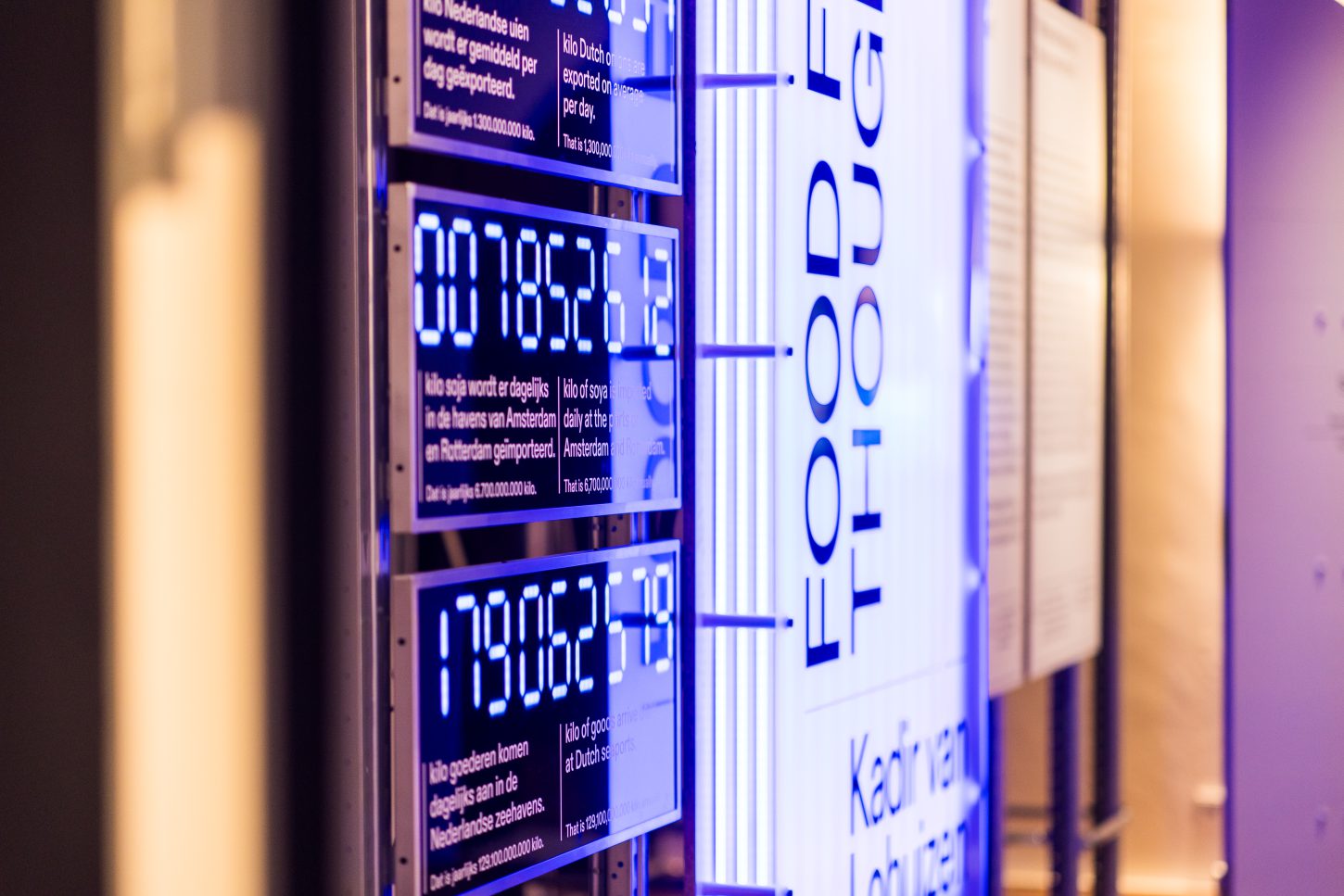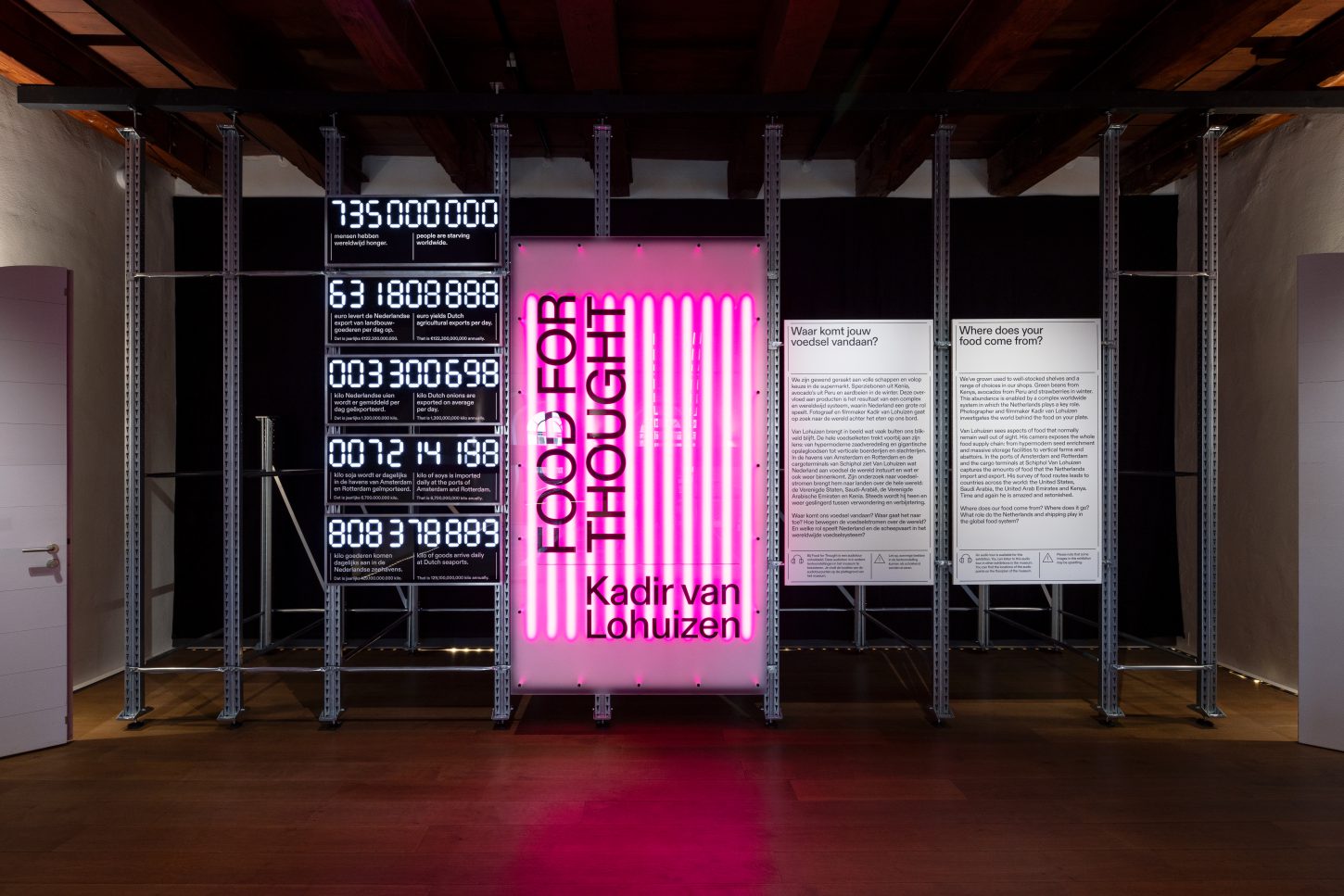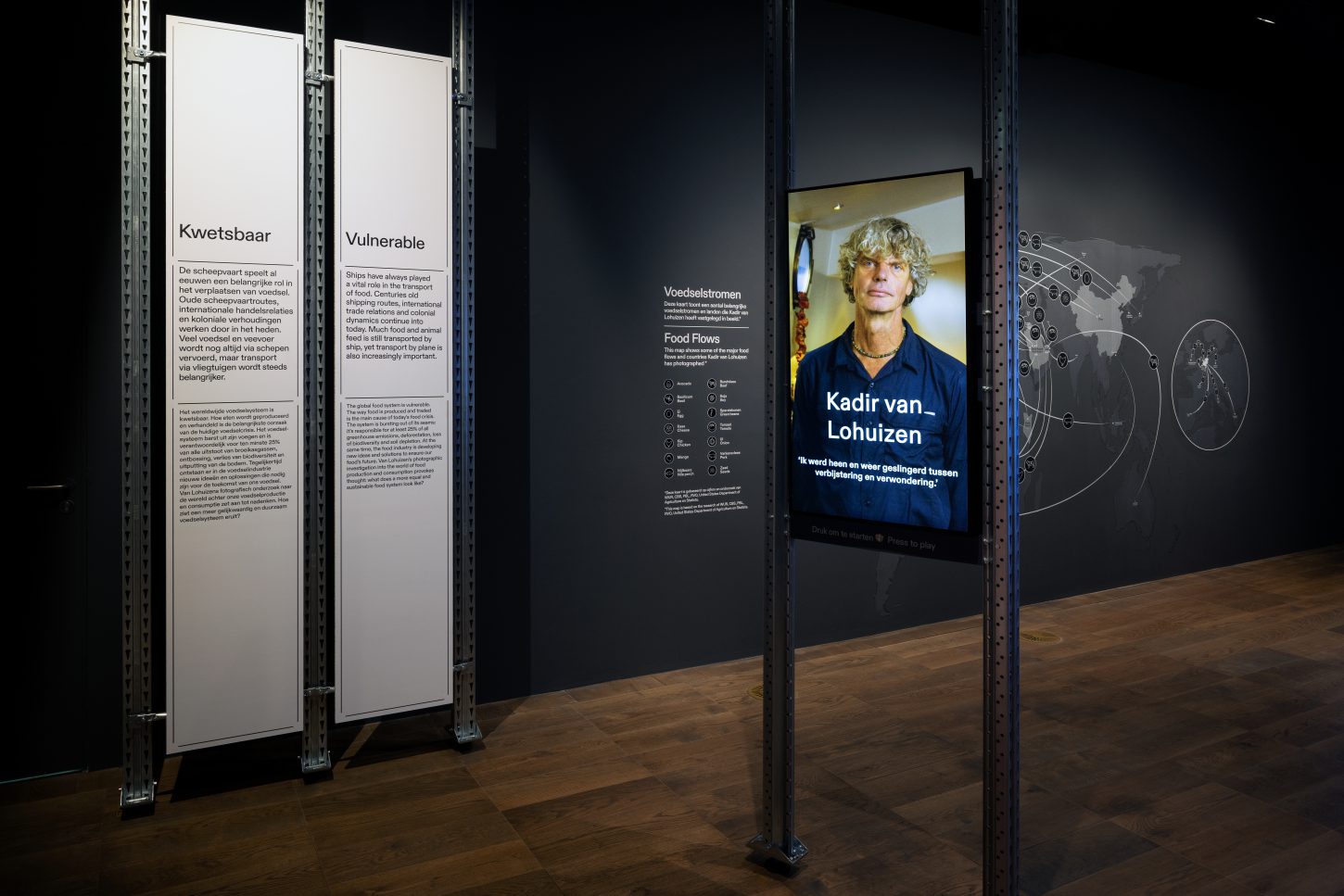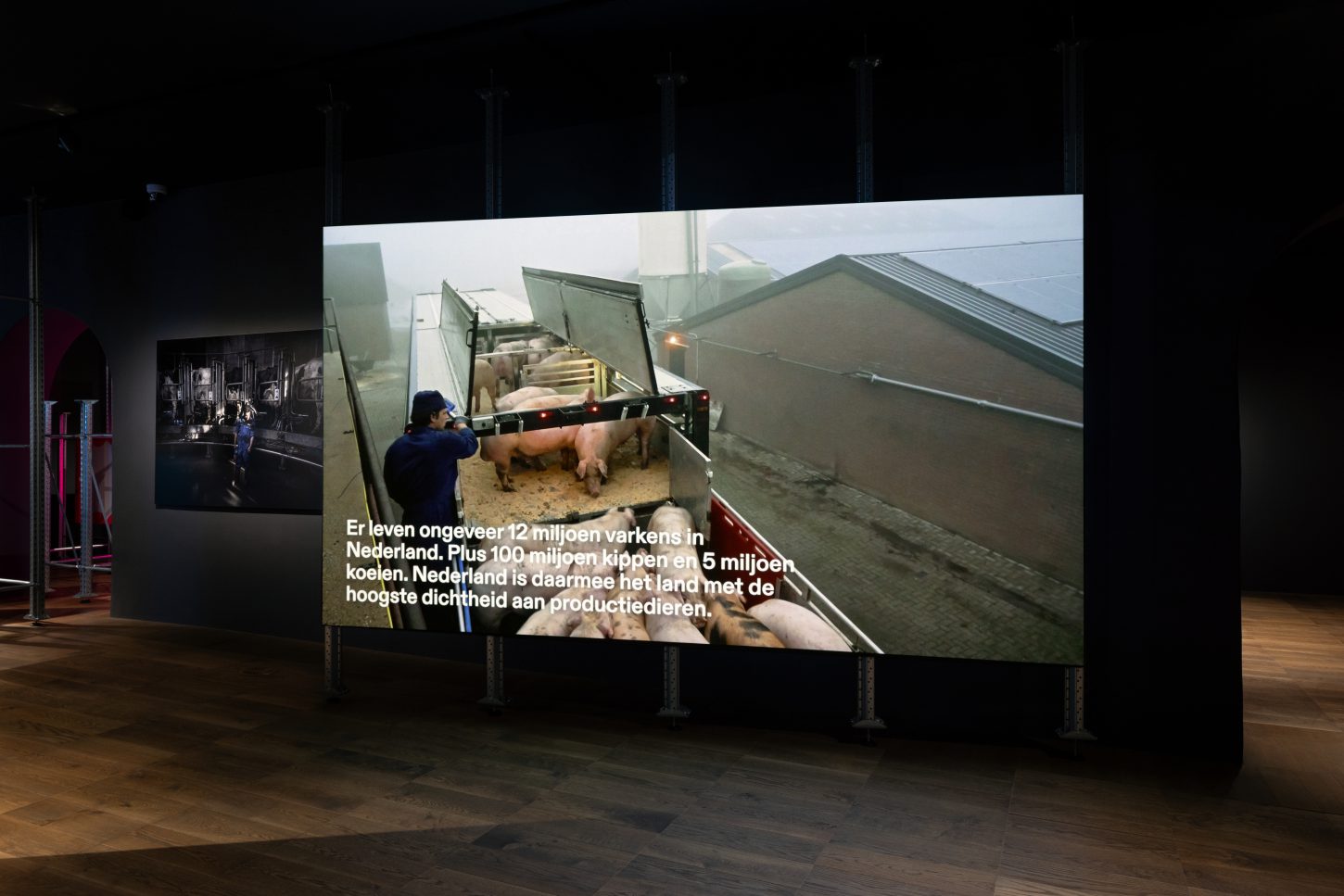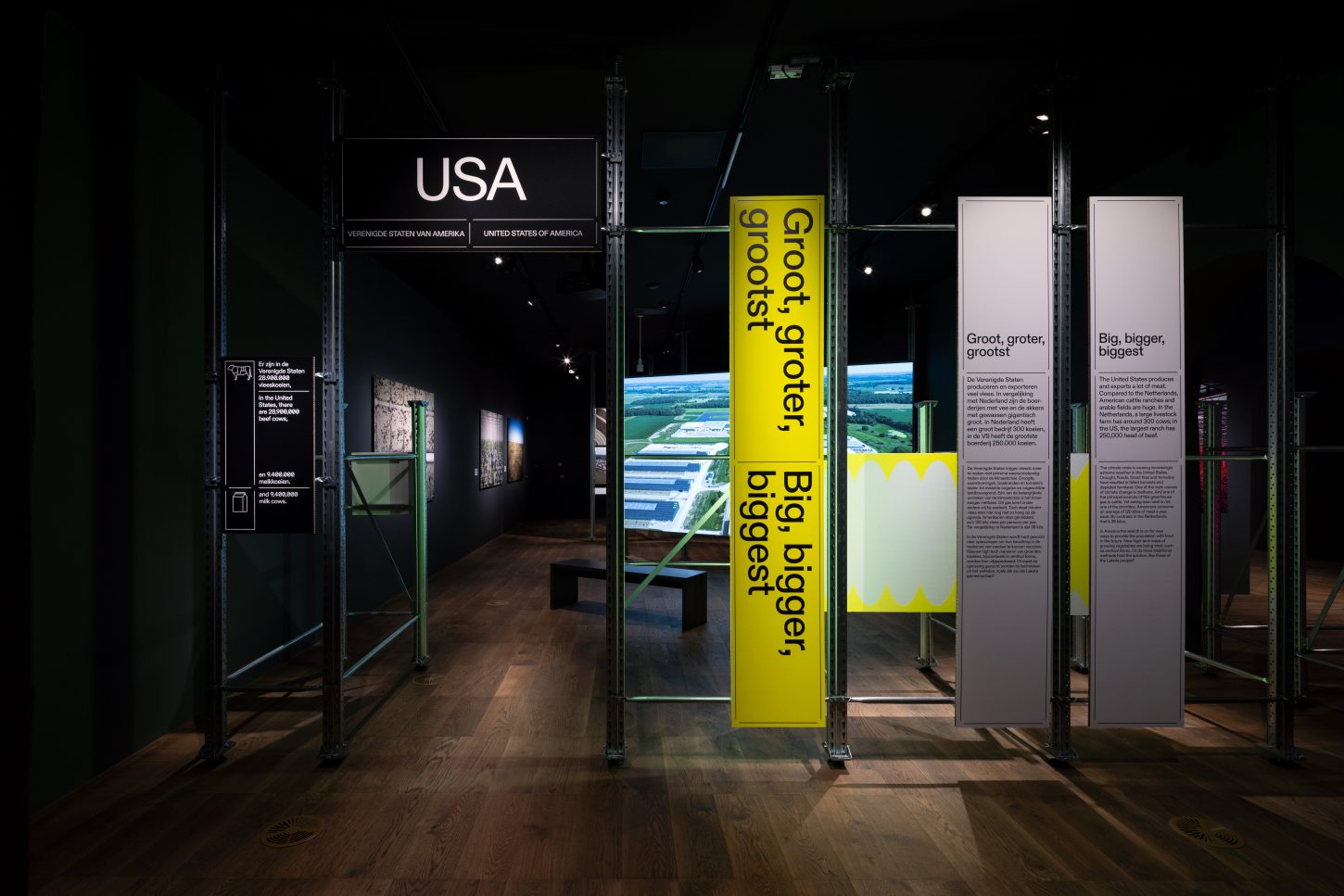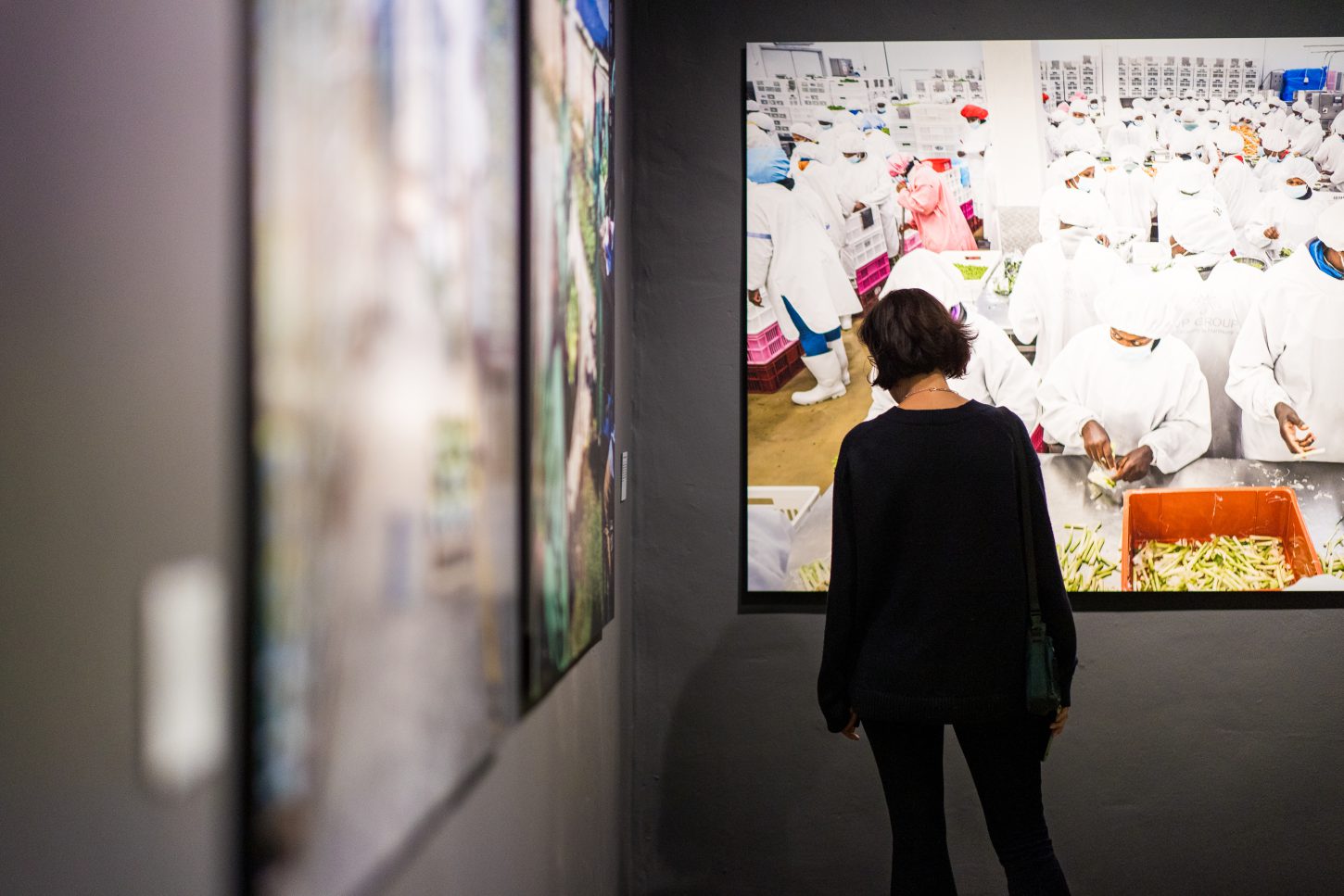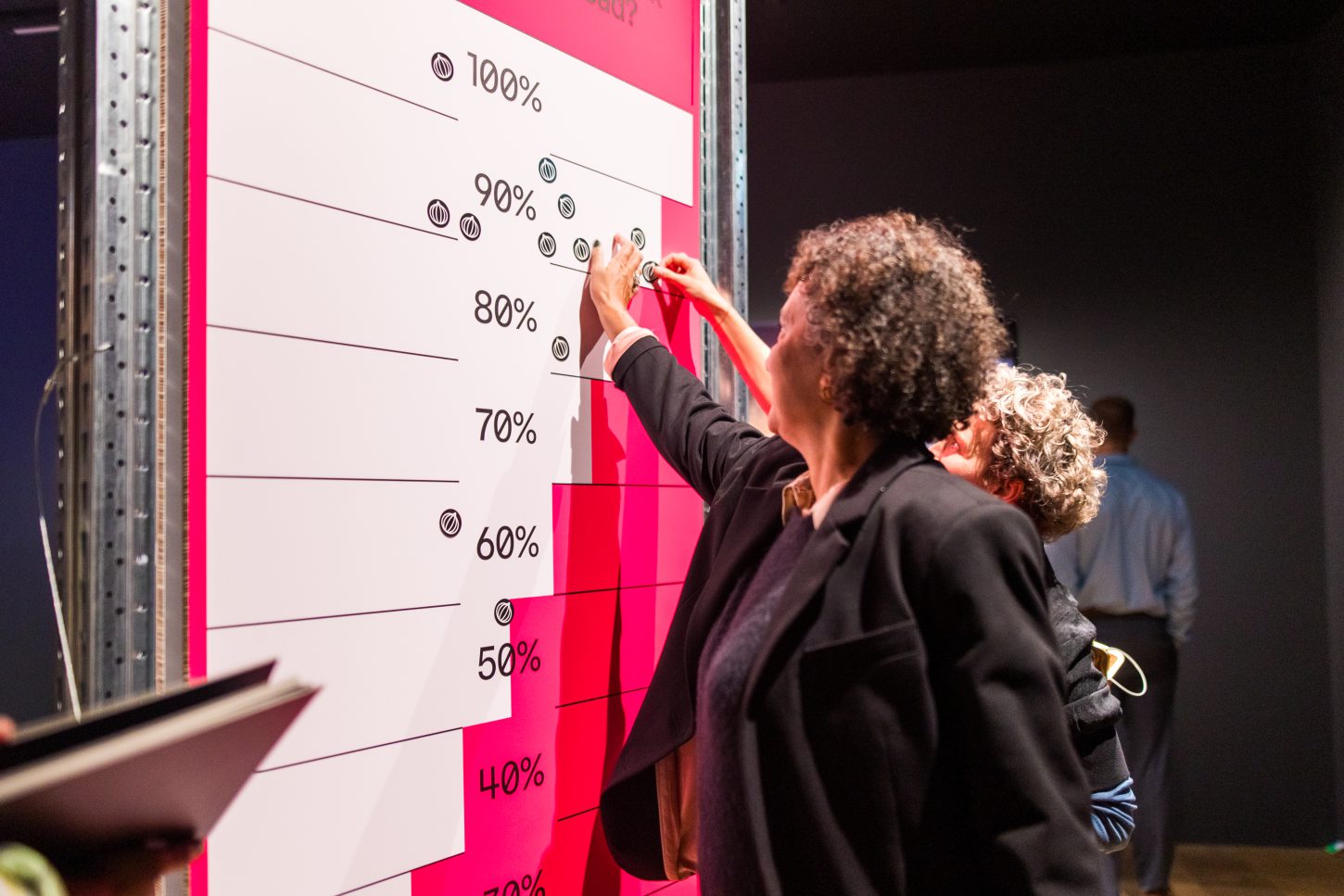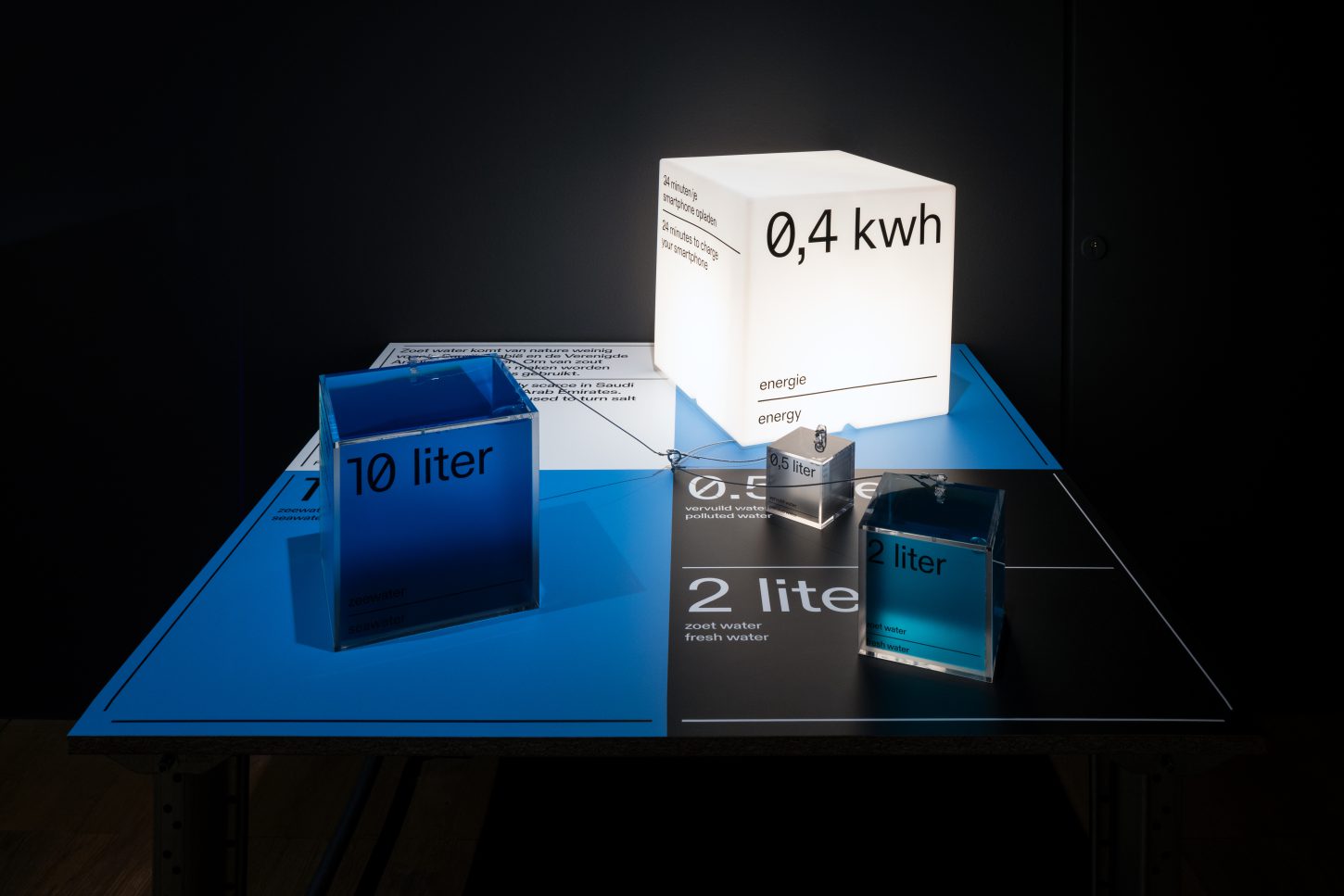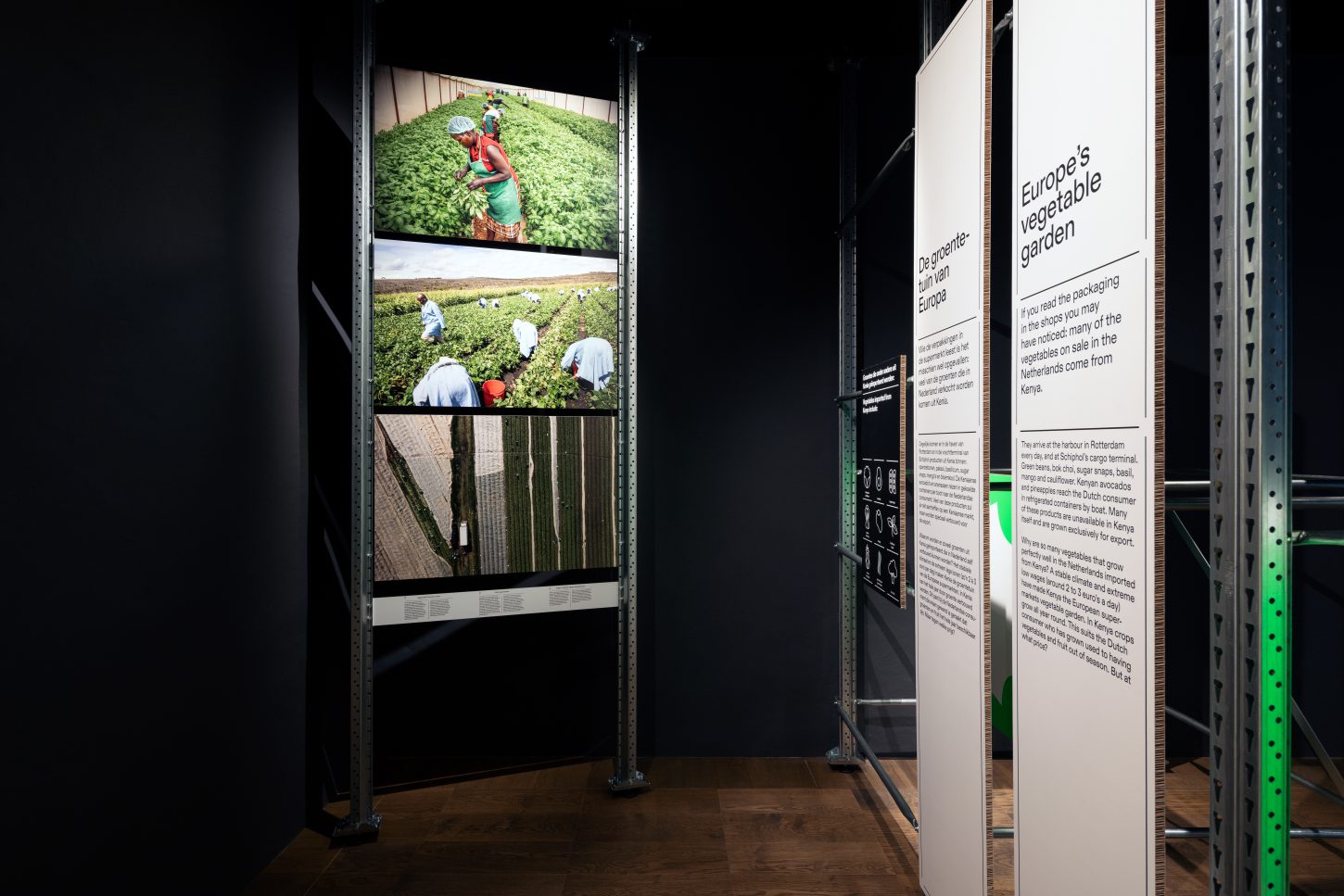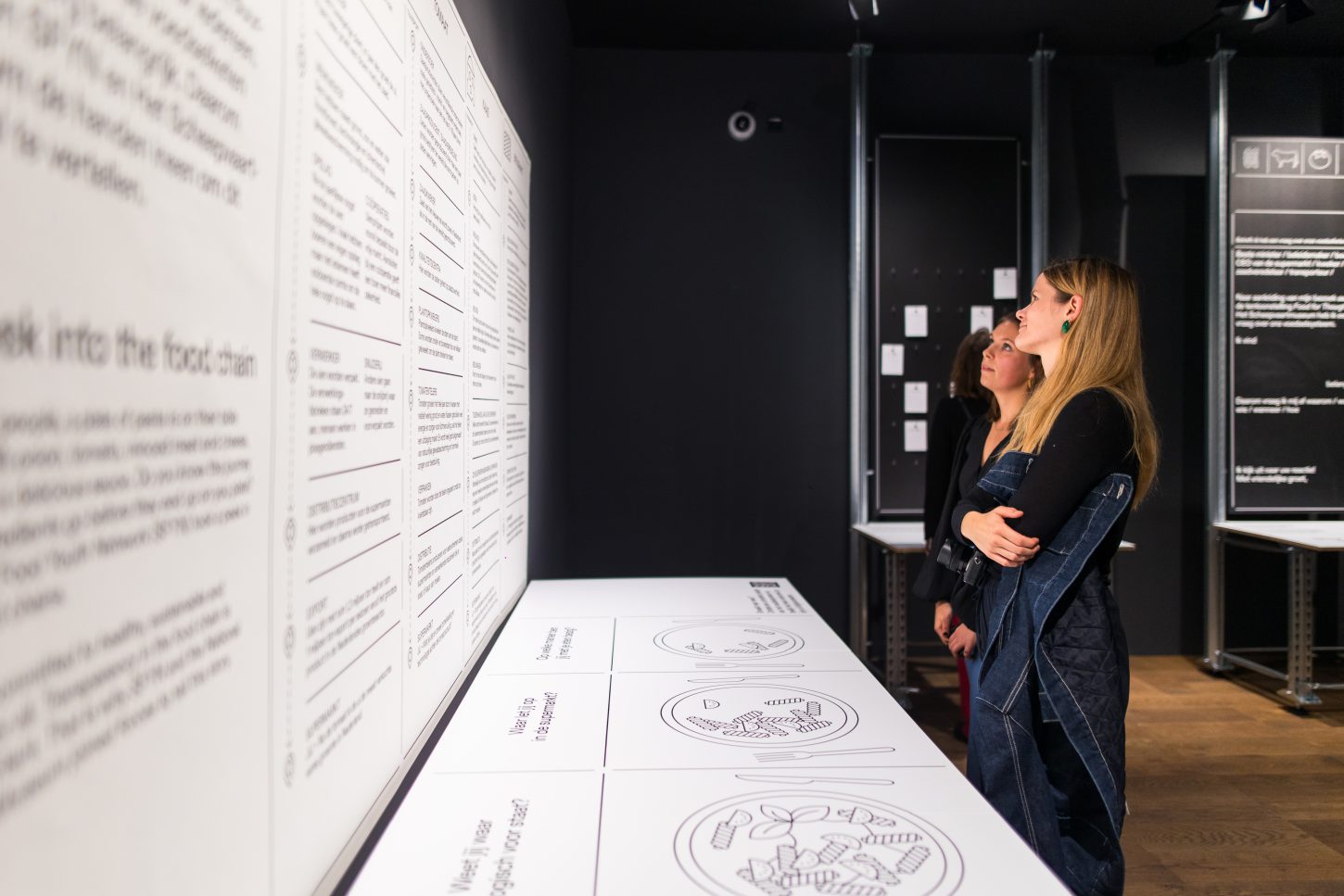Food for Thought – Kadir van Lohuizen
Temporary exhibition
Client: The National Maritime Museum, Amsterdam
Year: 2023-2024
Concept and design: Kummer & Herrman, Annika Felder, Mayra Slagboom, Jeroen Kummer
Projectmanagement Kummer & Herrman: Maaike de Kleijn
Concept, photography and video:
Kadir van Lohuizen & NOOR Images
Video edit: Michiel Hazebroek
Texts and data research: Suzanne Hendriks & Barbara Vos
Tactile data: Embassy of Food & Fides Lapidaire
Exhibition construction: Fiction Factory
Exhibition photography: Twycer & Christian van der Kooy
Do you want to know more about the project?
Visit the exhibition at the National Maritime Museum. For more information, click here.
Click here to read more about Kadir van Lohuizen’s work.
Watch the documentary ‘De voedsel BV’ (VPRO) about Kadir’s experience in the Dutch food industry here.
Do you want to read about previous projects we worked on with Kadir van Lohuizen?
Click here to read more about ‘After us the Deluge’ (2021), a project about the impact of rising sea levels.
Click here to read more about ‘Wasteland’ (2018), about the main waste streams in five metropolises.
